German initiative inspires Portobello families to build their own tenement block
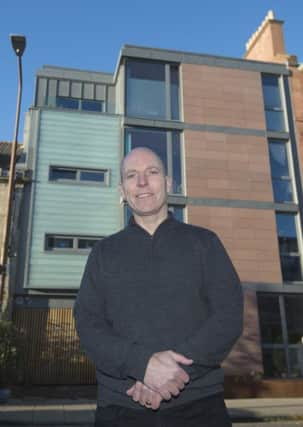

Nestled between a red sandstone terrace and a traditional townhouse just a hundred yards from the beach, 26 Bath Street is unlike any other building on the quiet Portobello road.
Three years ago, it was a patch of derelict land backing on to the grounds of Towerbank Primary School, but a pioneering development means it is now home to a modern block of flats inhabited by a cooperative of four families each living in their own bespoke property.
Advertisement
Hide AdAdvertisement
Hide AdThe initiative was the brainchild of architect John Kinsley, 54, who came up with the idea after reading an article about “collective custom building” online.
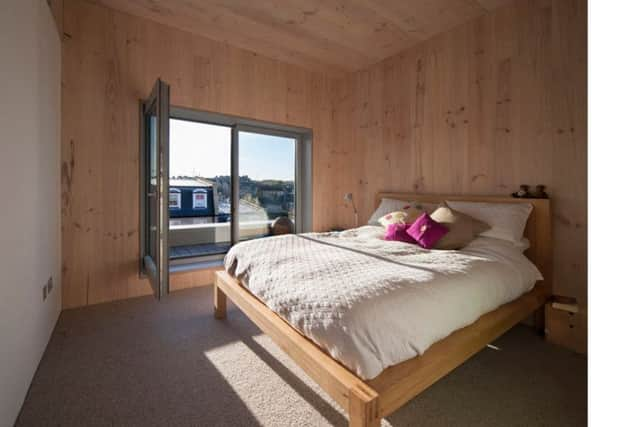

After investigating the growing popularity of the trend in Germany – where the practice is known as Baugruppen – he put out a call to locals who may be interested in getting involved in August 2013, attracting three other families to the project.
They then pooled together their borrowing power for a loan of £900,000 needed to fund the development.
And despite the process of purchasing the land and obtaining planning permission taking around three years to pass, the construction period itself took less than a year to complete.
Advertisement
Hide AdAdvertisement
Hide Ad“We used to live on Regent Street, so I knew the area quite well already and I had a vision for what I wanted my house to look like,” John said.
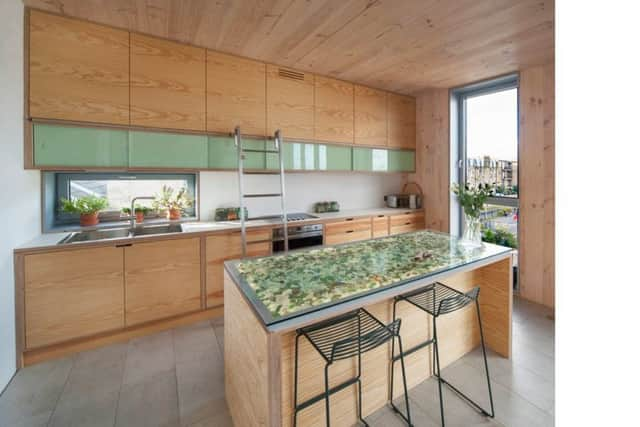

“We had a big meeting at a cafe in Portobello where we basically narrowed it down to those we thought had serious interest and once they all got on board, we formed the limited company and started from there.
“We had to form a single entity so we could borrow money, so writing up the articles of association etc all took time, then we actually had to work out where we were going to borrow the money from.”
He added: “It took a little bit longer for the land purchase to happen, for the plans to go through, but the building stage really wasn’t long at all given what we were creating.”
Advertisement
Hide AdAdvertisement
Hide AdAll four families were able to design the homes to their specific needs, deciding everything from number of bedrooms to open plan living and kitchen areas and interior features designed to give each property a unique feel.
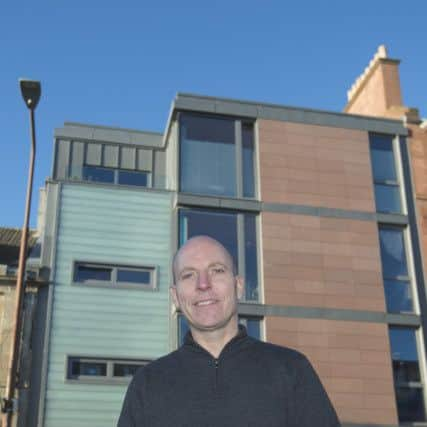

The strong cross-laminated timber frame purchased from Spain was constructed in just nine days, while the combination of wood and concrete mean the property is so well insulated, there is no need for a central heating system.
In the apartment John shares with wife Jenny and sons Alex and Peter, the only installed heater is the towel rail in the bathroom while a specially designed kitchen table decorated with shards of glass collected from the beach takes pride of place.
“That was Jenny’s idea,” John admitted, “but all of the apartments have something unique about them, whether it is the layout or the furniture; no two are the same.”
Advertisement
Hide AdAdvertisement
Hide Ad“Because all the families are members of the local community, it had to be designed in a way that worked for Portobello.”
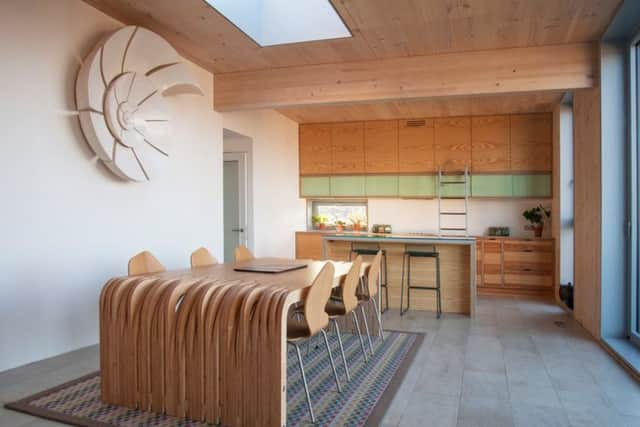

He continued: “We wanted all the houses to be fossil fuel free, to be as sustainable as possible. Everything inside is electric and even that is electricity from renewable sources.”
John added that cutting out the cost of a traditional housebuilder meant the entire project was more affordable than expected.
He said: “There was no developer involved. Obviously we had workers to actually build the structure, but the four families were the developers, so there was no extra cost there at all.
Advertisement
Hide AdAdvertisement
Hide Ad“In more traditional new-builds, the developer is maybe adding 20 per cent on top of the cost of the house to cover their own expenses, so in that way it is much more economical.
In Berlin, “building communities” have adapted everything from disused warehouses to patches of barren land in order to create more affordable housing without the use of traditional developers.
In November, an ESPC report found the average selling price for a two-bedroom flat in the area had risen by more than 22 per cent over the past year, with prospective buyers now expected to fork out over £254,000 for a home near Edinburgh’s seaside.
John admitted the project had generated a “huge amount” of interest from first-time buyers, adding similar projects could become a “big part of the mix” for the Capital’s housing market in the future.
Advertisement
Hide AdAdvertisement
Hide Ad“A lot of the early interest we had was from first time buyers, those looking to get on the first rung of the property ladder, but most of them just didn’t have the funds,” he said.
“There are a lot of good initiatives going on around Scotland with the right to buy legislation, so I like to think this kind of idea could be the future.
“But local authorities and councils have a big part to play in making that happen. The key is making it easier to buy land, if that happens, I can see it being a big part of the housing market of the future.”